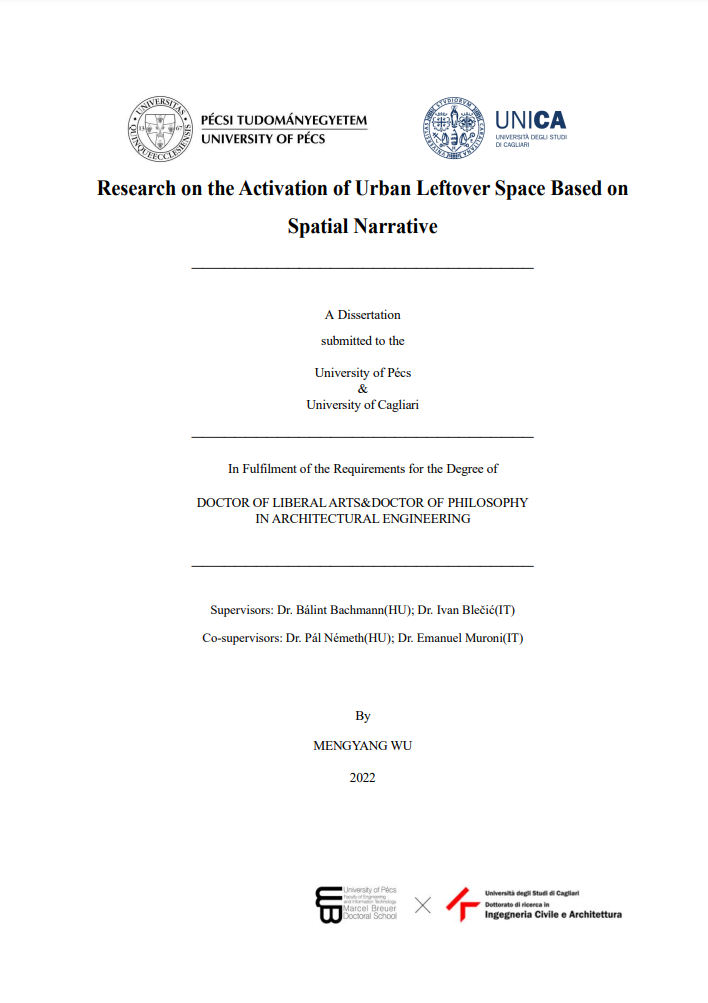Research on the Activation of Urban Leftover Space Based on Spatial Narrative
Abstract
In the history of city development, the utilization of space has been thought of as a key factor in urban planning. With the expansion of urban development, land was compressed and occupied. However, due to the separation of architectural design and urban planning in the early years, and the non-static nature of space, the city has appeared to be a kind of "leftover" spaces. Many of these spaces are low usage and long-term idle, as well as spaces that lack emotional connections. They are characterized by the fragmentation of urban spatial units, the strengthening of spatial divisions, the weakening of spatial connections and the decline in the overall spatial function. This study explores approaches to optimizing the leftover space in the Is Mirrionis neighborhood of Cagliari. Firstly, based on literature review and fieldwork, the author identifies the leftover spaces and summarizes the causes for their formation in different scenarios and the corresponding influencing factors. After continuous spatial exploration and resident interaction, it is proposed to further develop and improve the spaces in the neighborhood by using the behavioral activities as a clue to the leftover spaces in the scenes associated with the spatial narrative, offering a series of design concepts that operate and reconnect these neglected potential areas and try to solve the problem of idle spaces. Finally, subsequent research aspects and potential areas of development for the design concept are also being discussed. The contribution of the present research involves (i) the identification of the vacancy status of the leftover spaces, which provides a reliable theoretical basis for subsequent spatial optimization. (ii) The redefinition of the identities of the people involved in the study, using the " co-narrators" as an entry point to establish connections between areas, rather than just the original fixed identities of designer and user. (iii) Thematic storytelling is used to try to guide and transform the leftover state of the space, thereby increasing the vitality and use of the space in the old neighborhood.

